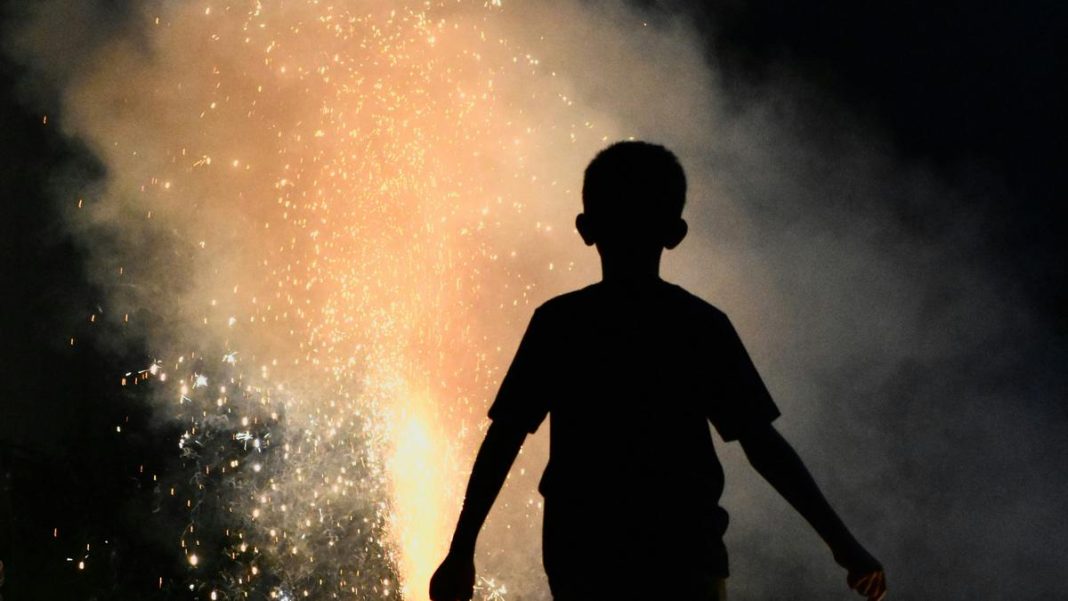Key Takeaways
- Bursting firecrackers on overcast, humid days creates significantly worse air pollution
- Weather conditions trap toxic pollutants closer to ground level
- Humidity transforms pollutants into secondary hazards like acid rain
Bursting firecrackers during rainy or overcast weather creates significantly worse air pollution than during clear conditions. The combination of firework emissions and specific weather patterns traps toxic substances near ground level, posing serious health risks.
How Firecrackers Pollute the Air
Firecrackers release multiple harmful substances including particulate matter (PM), carbon dioxide, carbon monoxide, nitrogen oxides, and sulphur dioxide. These emissions combine to form a toxic haze that severely reduces air quality and visibility.
Why Overcast Weather Makes It Worse
Cloudy skies create lower atmospheric mixing heights – the layer where pollutants normally disperse. When this layer is compressed, contaminants become trapped closer to the ground, leading to dangerously high concentrations. This explains why most smog episodes occur during overcast conditions.
The Humidity Factor
High humidity dramatically worsens the situation. Water vapour interacts with primary pollutants to create secondary hazards. For example, sulphur dioxide and nitrogen oxides combine with moisture to form acid rain. Humidity also promotes fog and haze formation, which further traps particulate matter and prevents dispersion.




